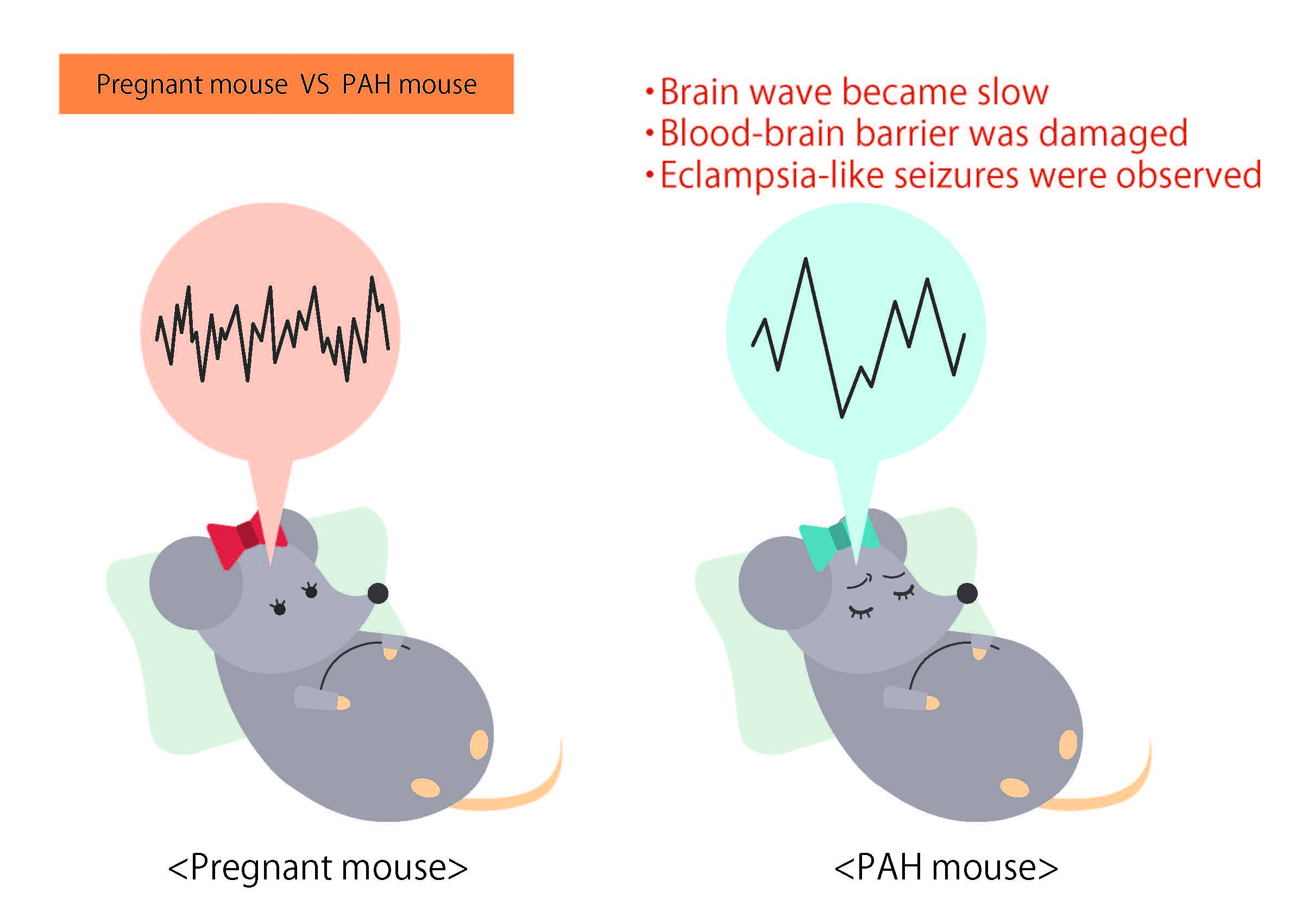Research News
Sleep changes in mice during pregnancy and preeclampsia model mice
During pregnancy, women are prone to various sleep disorders, such as difficulty falling asleep and nocturnal awakening. Scientists in the Sleep Institute in Japan investigated sleep changes in mice during normal pregnancy and with preeclampsia, and concluded that the particular mice are useful eclampsia mouse models. It is hoped that this study shed light on to improve the health of both the mother and child during pregnancy.
Pregnant women tend to have various sleep disorders, such as difficulty falling asleep and nocturnal awakening, partly because they face difficulty sleeping on their back following changes in the body or suffer from frequent urination due to pressure on the bladder. Sleep disorders during pregnancy are now known to have various effects, not only on the mother but on the fetus and newborn as well. However, given that accurate sleep measurement tests are stressful for pregnant women, reliable facts on sleep disorders during pregnancy are still completely unknown. Relatively common pregnancy complications include high blood pressure and preeclampsia. Although the causes of preeclampsia are not clear, the complication can cause seizures (eclampsia) when severe.
In order to obtain basic sleep data during pregnancy, the research group continuously measured brain waves (electroencephalogram) and the electrical activity of muscles (electromyography) in wild-type mice before and after pregnancy and evaluated sleep-wake states. Using a murine model with preeclampsia (i.e., developing pregnancy-associated hypertension [PAH]), the same methods described above were carried out specifically to investigate the effects of a sudden rise in blood pressure during late pregnancy on the sleep-wake state and brain waves.
During pregnancy, the percentage of delta wave (1-4 hertz) component during non-rapid eye movement (NREM) sleep, which is the index of depth of sleep, remained unchanged, whereas the amount of NREM sleep increased, and time spent awake decreased from the middle to late pregnancy. During late pregnancy, however, both NREM sleep duration and awake time duration does not to last long. The amount of REM sleep meanwhile was found to be comparatively stable throughout pregnancy.
These results indicate that the demand for sleep increases from mid pregnancy. Considering the burden of pregnancy on the mother's body, these changes are reasonable. On the other hand, the fact that REM-sleep did not change during pregnancy suggests that REM and NREM sleep are controlled by different mechanisms.
In PAH mice, brain waves were found to become slow in late pregnancy during which blood pressure rises rapidly. These phenomena were confirmed to improve with the administration of antihypertensive olmesartan. About half of the mice also showed changes in electroencephalogram and electromyogram readings, and experienced body motion, both of which resemble those observed in eclampsia attacks. These abnormal conditions were found to be returened quickly after delivery. A detailed investigation showed partial damage of the blood-brain barrier, a mechanism that restricts the unintended flow of substances in the blood to the brain. The pathology resembles neurophysiological changes during eclampsia in humans in many ways. PAH mice are also considered to be useful eclampsia mouse models.
Although sleep disorders are frequently observed during pregnancy, their neuroscientific mechanism has yet to be scientifically understood. It is hoped that this study shed light on to improve the health of both the mother and child during pregnancy and develop effective treatments.

Original Paper
Sleep, Volume 41, Issue 3, zsx209, https://doi.org/10.1093/sleep/zsx209


